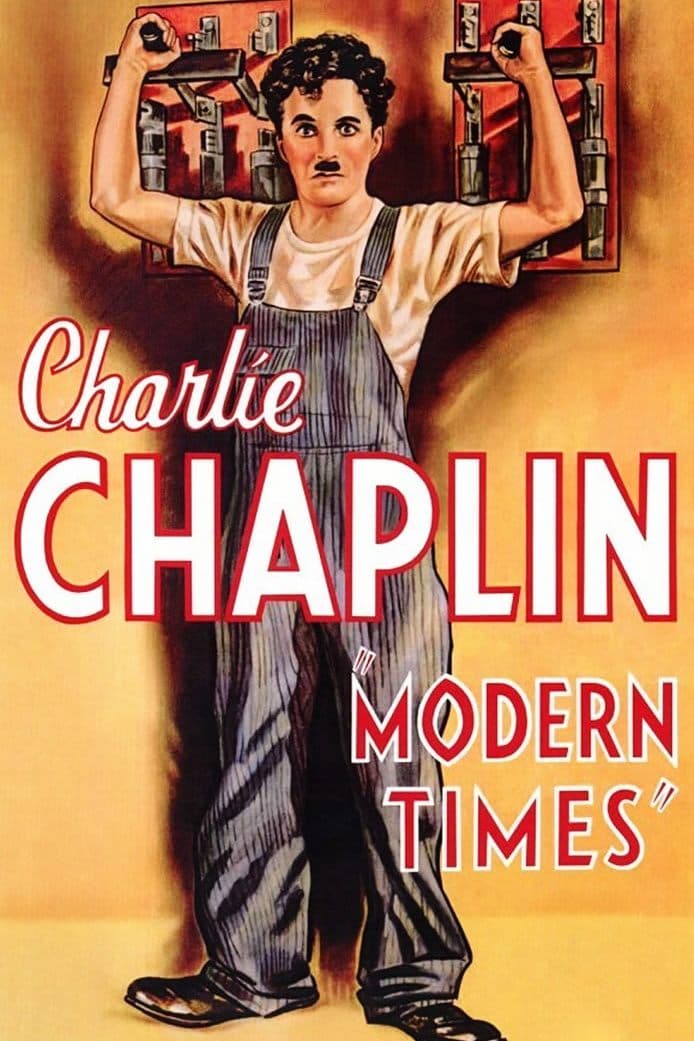
Modern Times
1936
Rate this movie
Average: 0.00 / 5
(0 votes)
Director
Chaplin, at the peak of his art, created a film that became an icon of the neuroses to which modern man is subjected in the face of advancing technological progress. A work of unparalleled subtlety and refinement. Despite the advent of sound, Chaplin chose to make a practically silent film, using sound only for comic effects and music, among which the famous song "Smile" stands out. This stylistic choice underscores the universal and timeless dimension of the film's message, which transcends linguistic and cultural barriers. Chaplin's genius is expressed not only in the creation of memorable gags but also in his ability to tackle complex social themes with a critical and disillusioned eye. While not proposing a precise political solution, the film aligns with Marxist sensibilities on several points. Labor exploitation: Chaplin highlights the exploitation of workers by capitalists, who seek to maximize profits at the expense of their employees' working conditions and health. The scene where the Tramp is sucked into the machine's cogs is a powerful metaphor for this exploitation. Unemployment and poverty: the film depicts the consequences of unemployment and poverty, which severely affect the working class. The Tramp and the gamin, symbols of this condition, are forced to fight for survival in a world that seems to offer them no opportunities. Class struggle: while there isn't a true organized class struggle in the film, the scene where the Tramp is mistakenly taken for the leader of a workers' demonstration alludes to the revolutionary potential of the working class. Ultimately, Chaplin offers a critical vision of the industrial revolution and capitalism, highlighting the contradictions and injustices of this economic system. However, it would certainly be an overstatement to label his position as exquisitely Marxist. His poetic sensibility drew inspiration from Marxism to craft an allegory that offered points for reflection and critique without settling into a purely political vision.
The Tramp is a young worker at a large company whose sole task is to tighten bolts during the assembly line phases. The grueling rhythms, repetitive gestures, and subsequent alienation lead him to lose his job and be institutionalized in a psychiatric clinic. Upon his release, he is mistakenly taken for the leader of a workers' revolt and imprisoned; there, thanks to a fortuitous circumstance, he manages to avert a riot and gain a pardon. Once out again, he finds work at the port shipyards, only to cause another immense disaster. And so on, moving from one catastrophe to another until he finds a soulmate with whom to share the small and great defeats that, in those hard times, life cyclically reserved.
Alienation and the sense of estrangement do not stem so much from obsessive work rhythms but from a feeling of non-belonging towards a hyper-complex world, devoured by technology and the science of profit, totally devoid of humanity. Iconic, as mentioned, is the assembly line scene and the Tramp's journey into the machine's cogs, an all-too-obvious metaphor for how man is in some way crushed by the frantic pace and work rhythms of our days. From an aesthetic point of view, Modern Times is a film of great visual beauty, with elegant and evocative black and white cinematography. The perfectly orchestrated comic scenes are a triumph of creativity and inventiveness. The music, composed by Chaplin himself, plays a fundamental role in creating the film's atmosphere, alternating moments of joy with moments of melancholy. A timeless masterpiece, a work of true social commentary delivered through the disillusioned and ironic gaze of an adorable tramp.
Country
Gallery
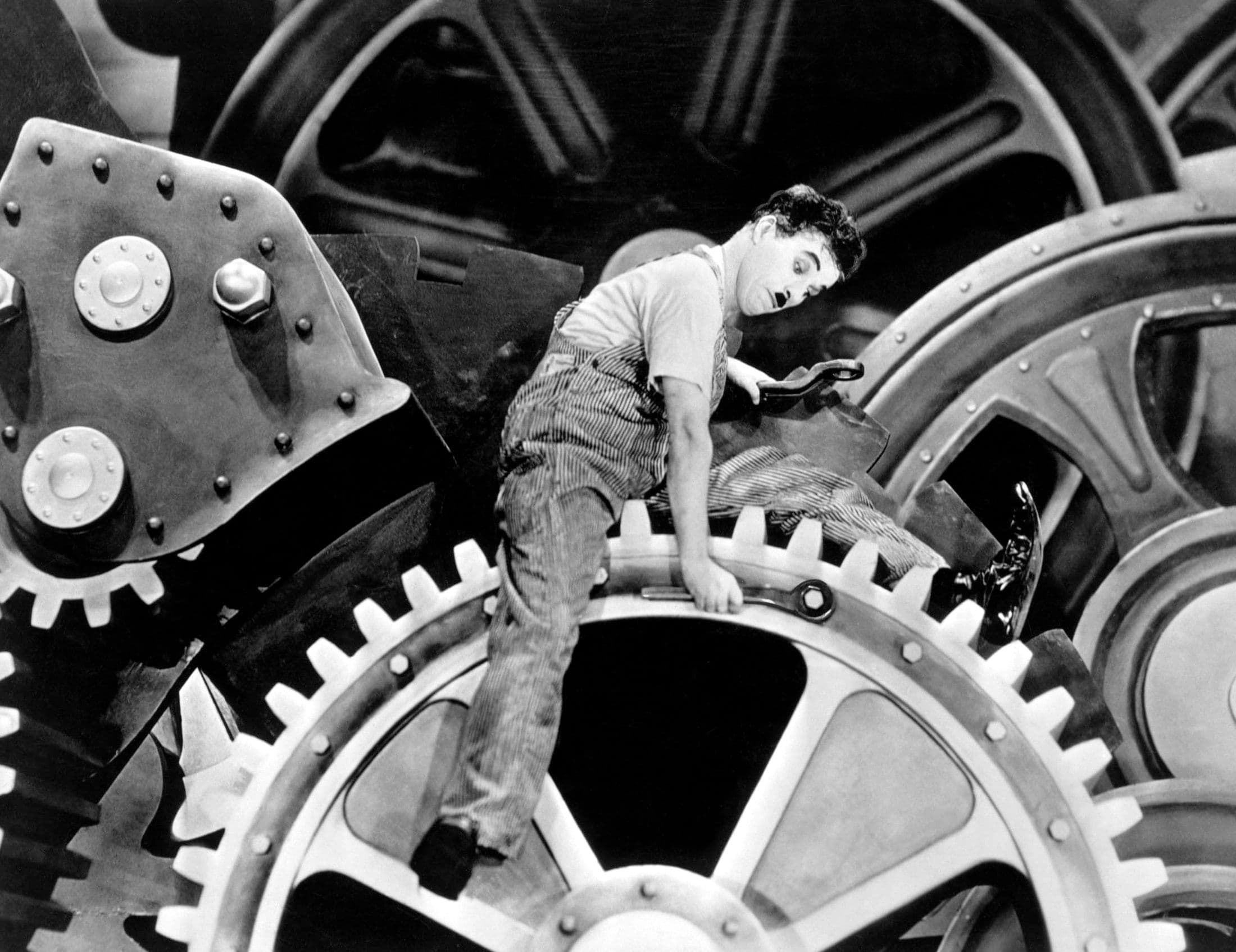
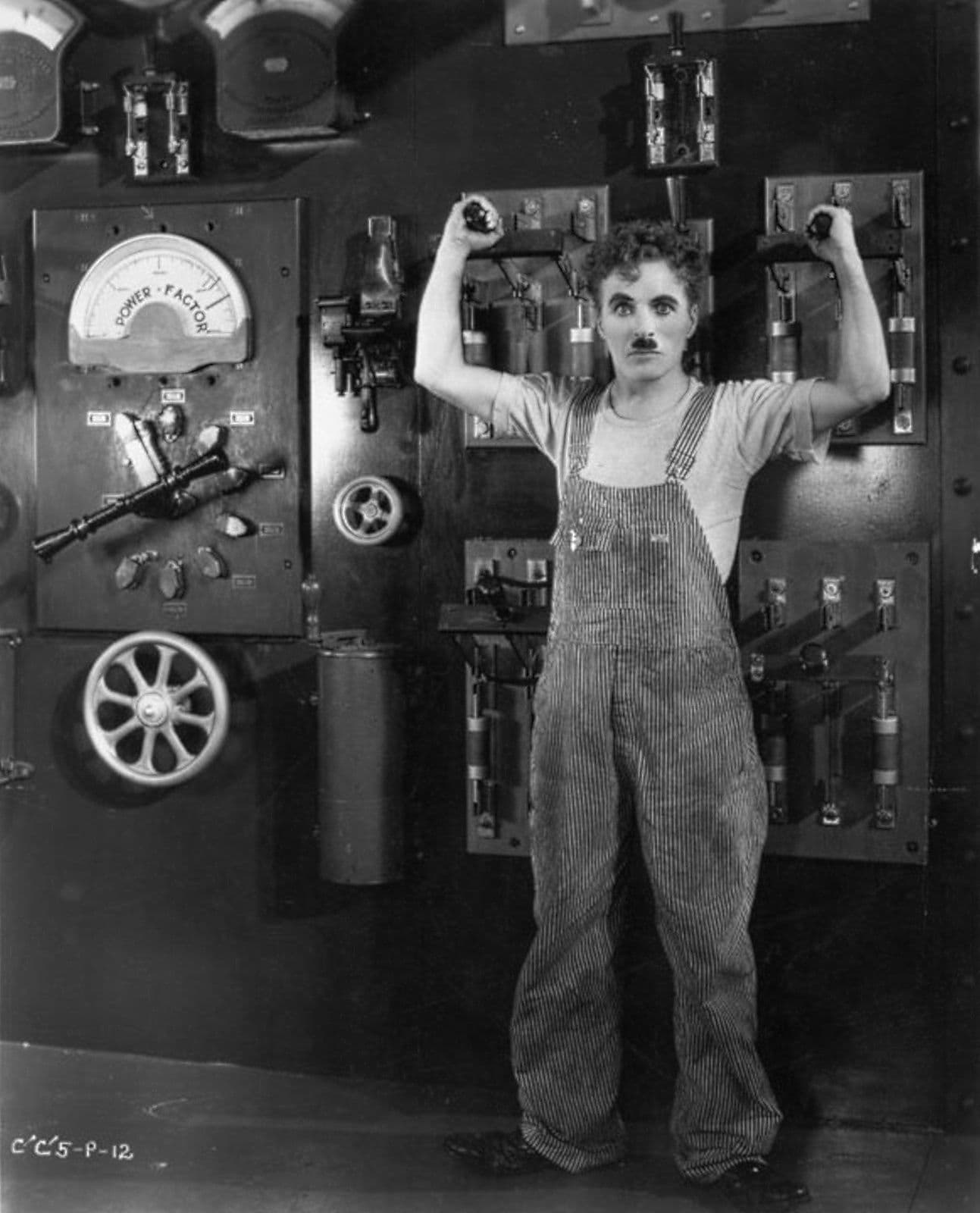
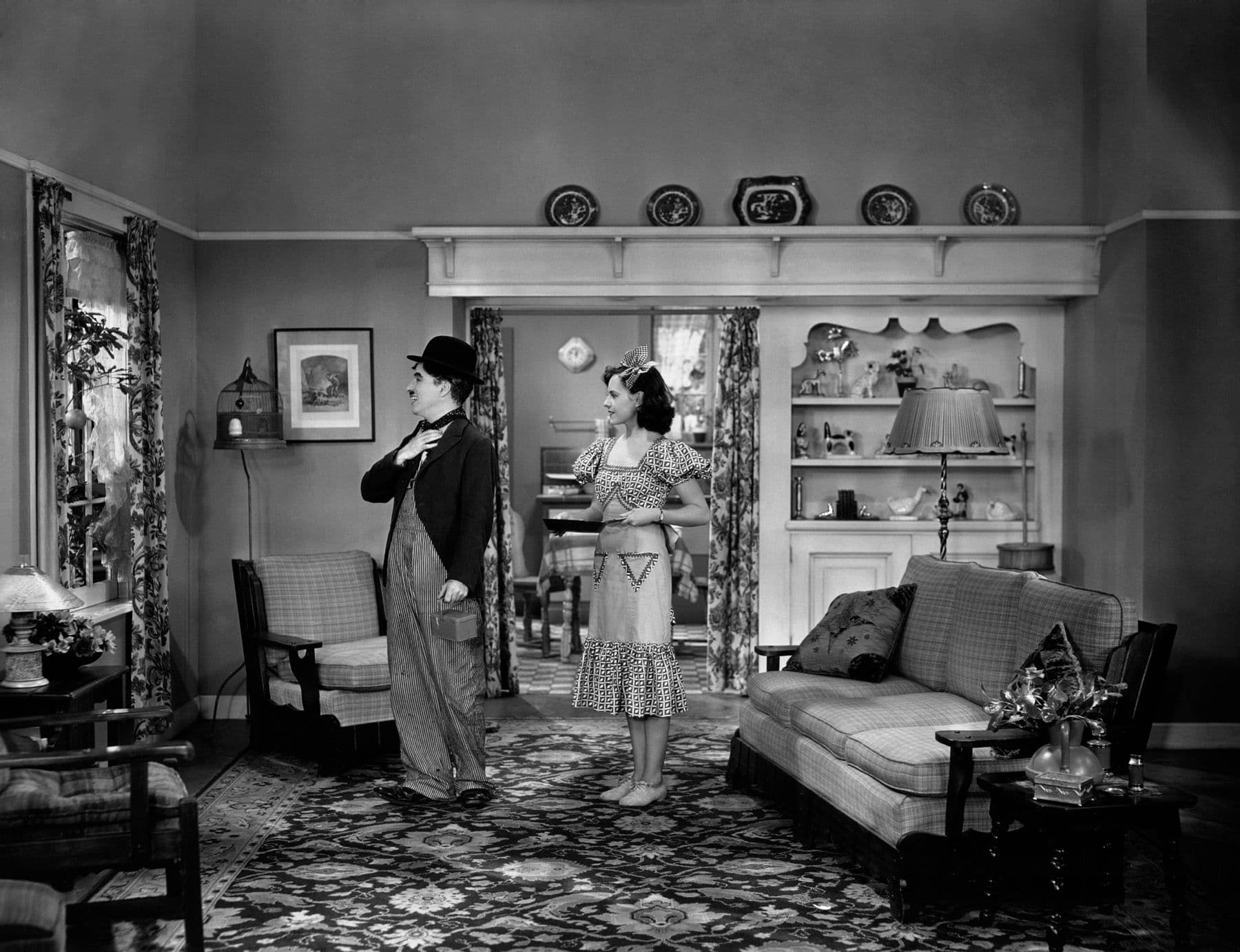
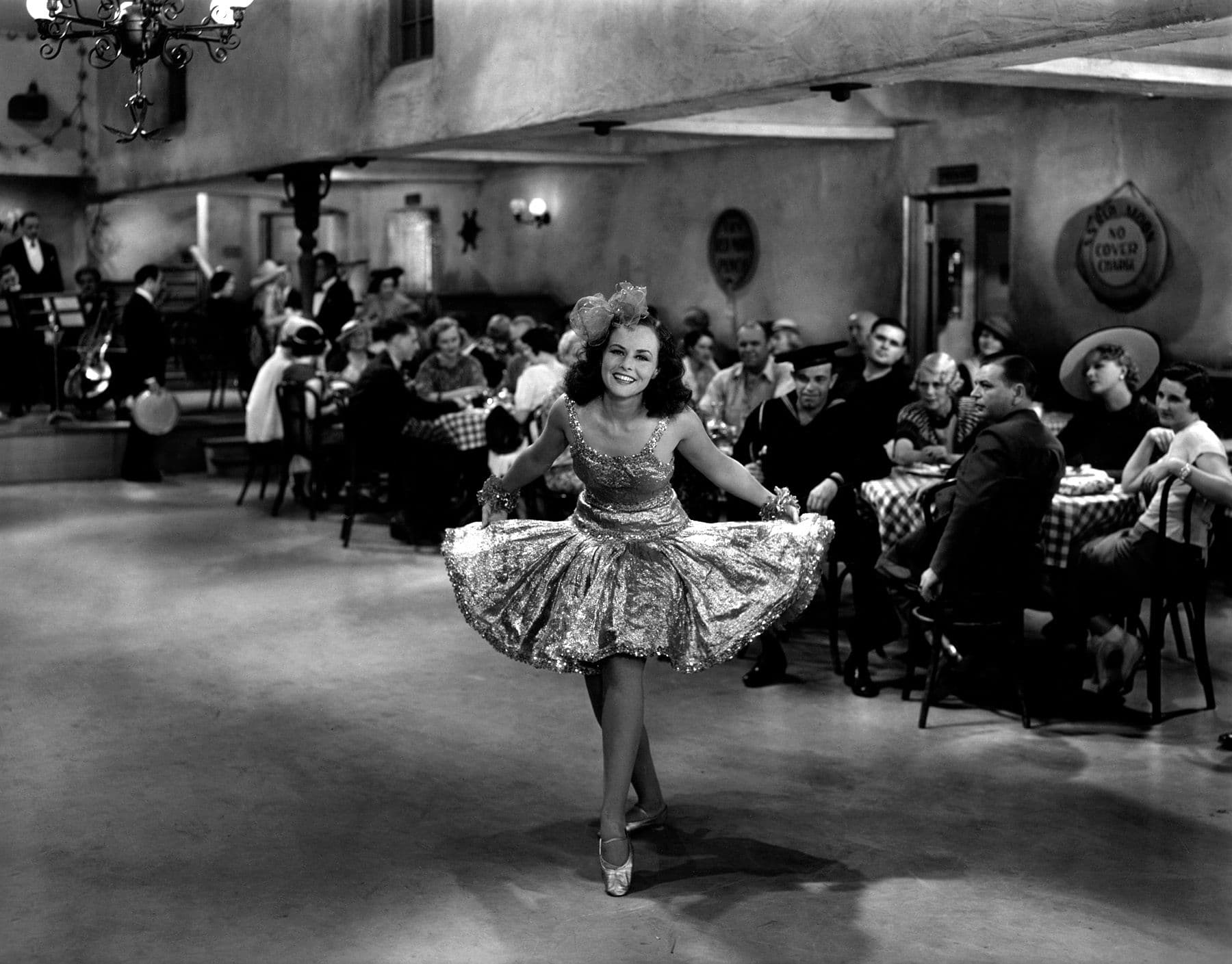
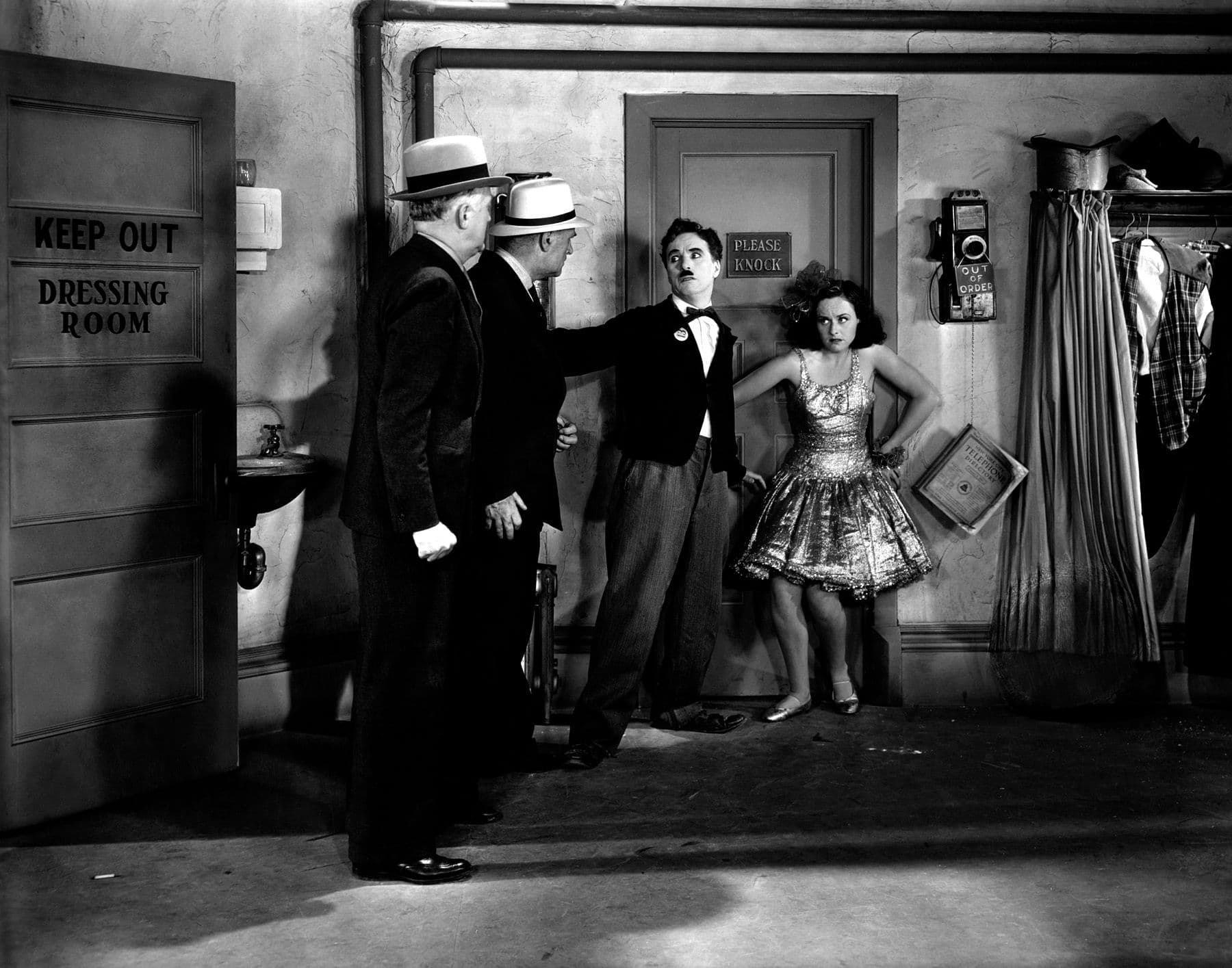
Featured Videos
Official Trailer
Comments
Loading comments...